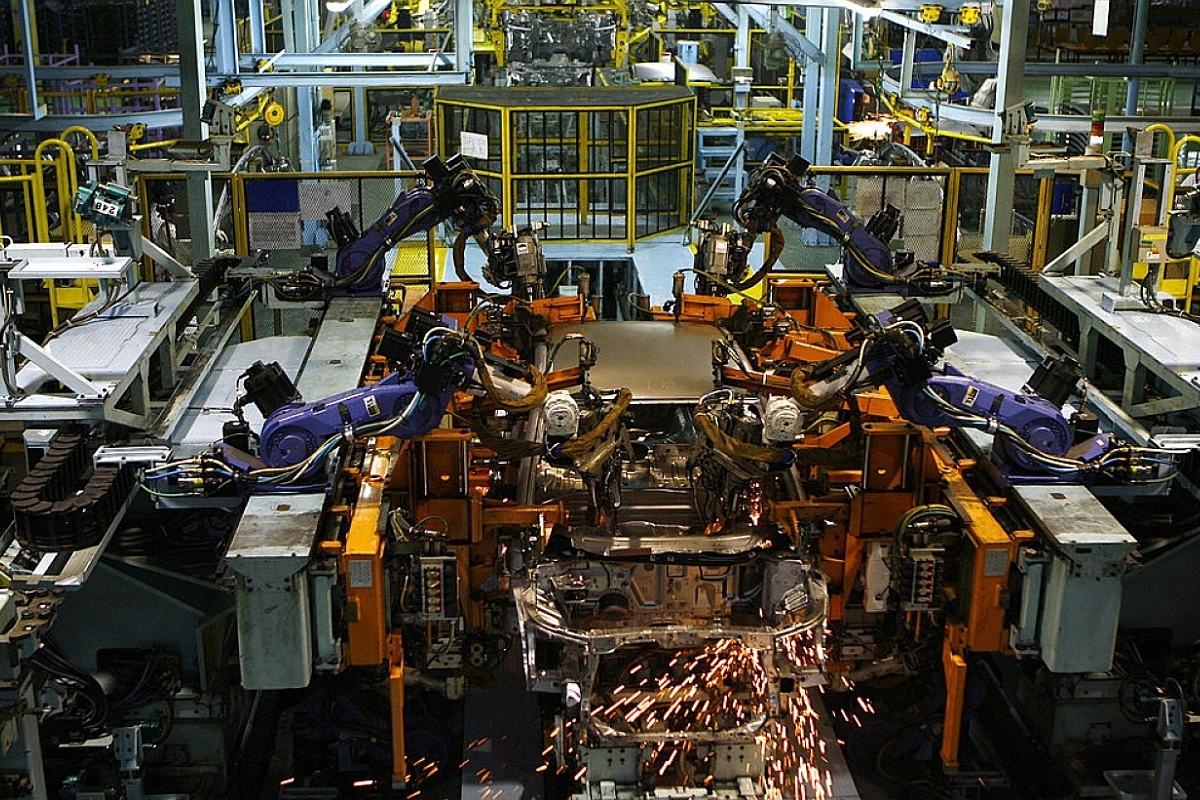China’s travails
As China’s rubber-stamp parliament convenes in Beijing, the world watches with a mix of anticipation and concern, dissecting the economic roadmaps and power dynamics laid bare in the highstakes political theatre.
The labour productivity growth in the current financial year (FY19) is at 5.2 per cent.

The labour productivity growth in the current financial year (FY19) is at 5.2 per cent. (Photo: AFP)
India will have to raise its labour productivity growth to 6.3 per cent to achieve 8 per cent GDP growth, said India Ratings and Research on Thursday.
The labour productivity growth in the current financial year (FY19) is at 5.2 per cent.
“India will have to raise its labour productivity growth to 6.3 per cent to achieve 8 per cent GDP growth. And to attain nine per cent growth, labour productivity growth will have to be raised to 7.3 per cent,” India Ratings and Research (Ind-Ra) said in a statement.
Advertisement
The sough raise is 40.4 per cent higher than the level attained in FY19, it added.
Considering the slowdown being faced by the economy, it looks unlikely in the near term, but is not an insurmountable task, according to Ind-Ra.
“Such levels of labour productivity growth have been achieved in the past…India’s labour productivity growth, like other nations, came under pressure in the aftermath of the 2008 global financial crisis, especially during FY11-FY15,” it said.
The statement further added that the percentage of labour productivity growth had recovered and grew at 5.8 per cent during FY16-FY19.
It also raised the challenges being faced by the country saying, “First, how to raise the overall labour productivity to a level that delivers the required GDP growth rate, and secondly how to lift the labour productivity in the lagging sectors so that growth is more evenly balanced and sustainable over the medium- to long-term.”
As per the report, sectors including manufacturing, electricity, gas, water supply, transport, storage and communications “contributed significantly to the overall labour productivity during FY00-FY16” and other segments like construction, agriculture and mining, lagged behind the chart.
(With input from agencies)
Advertisement